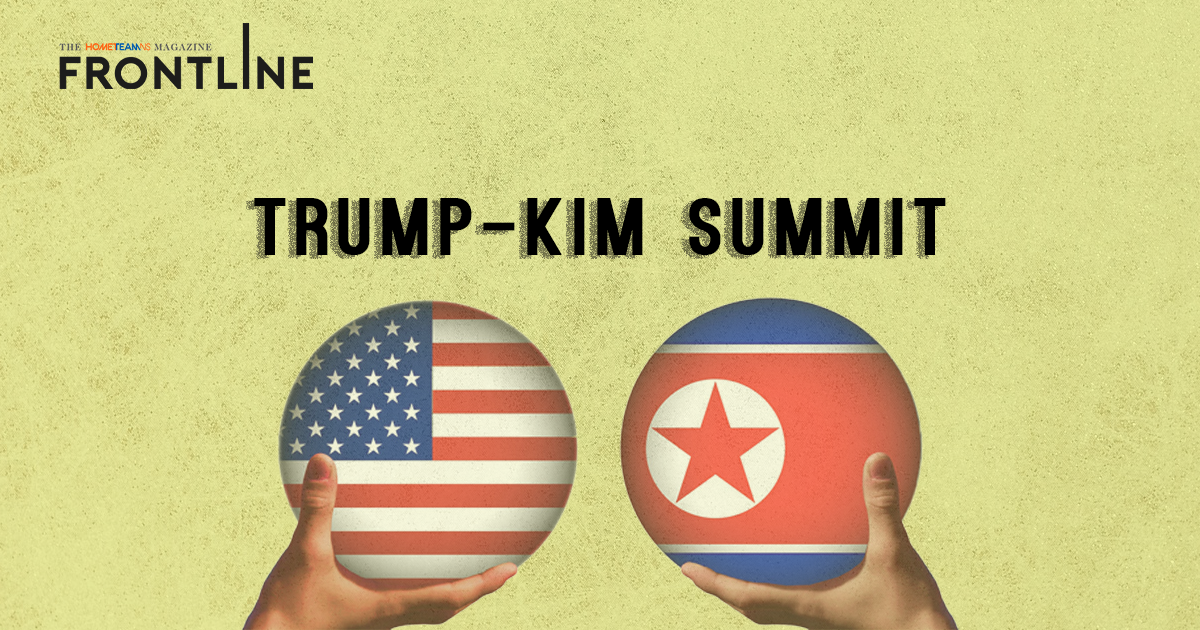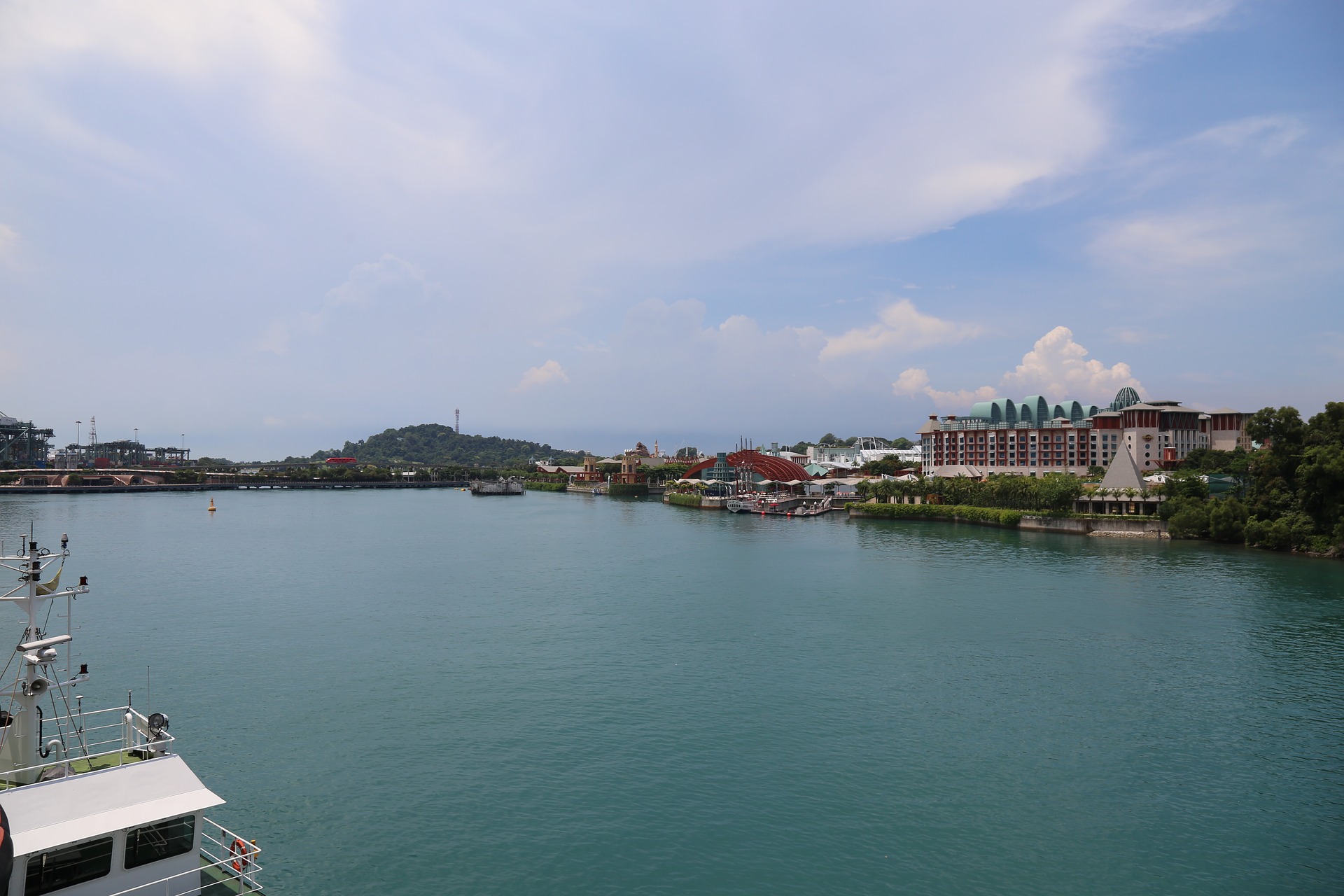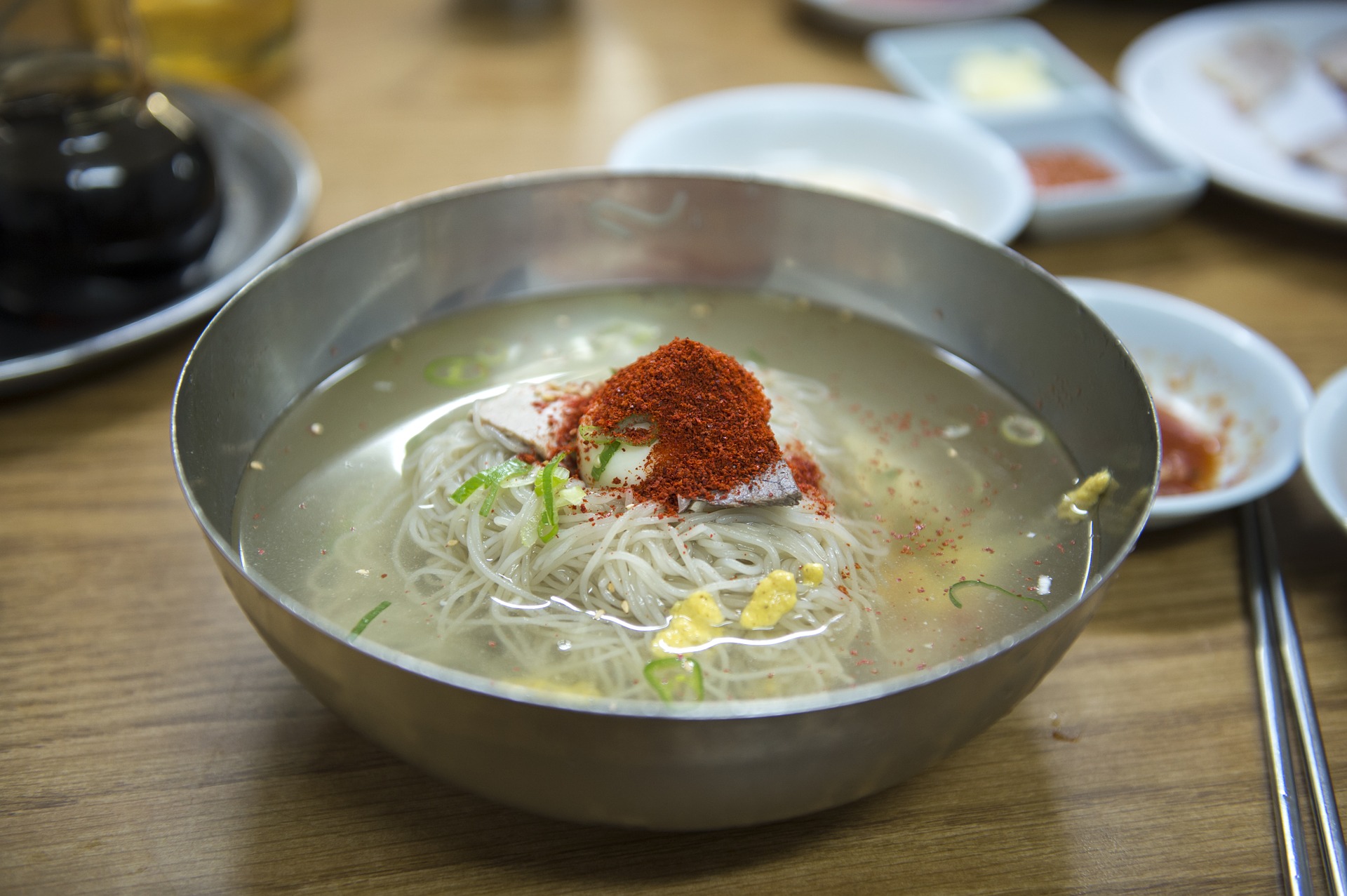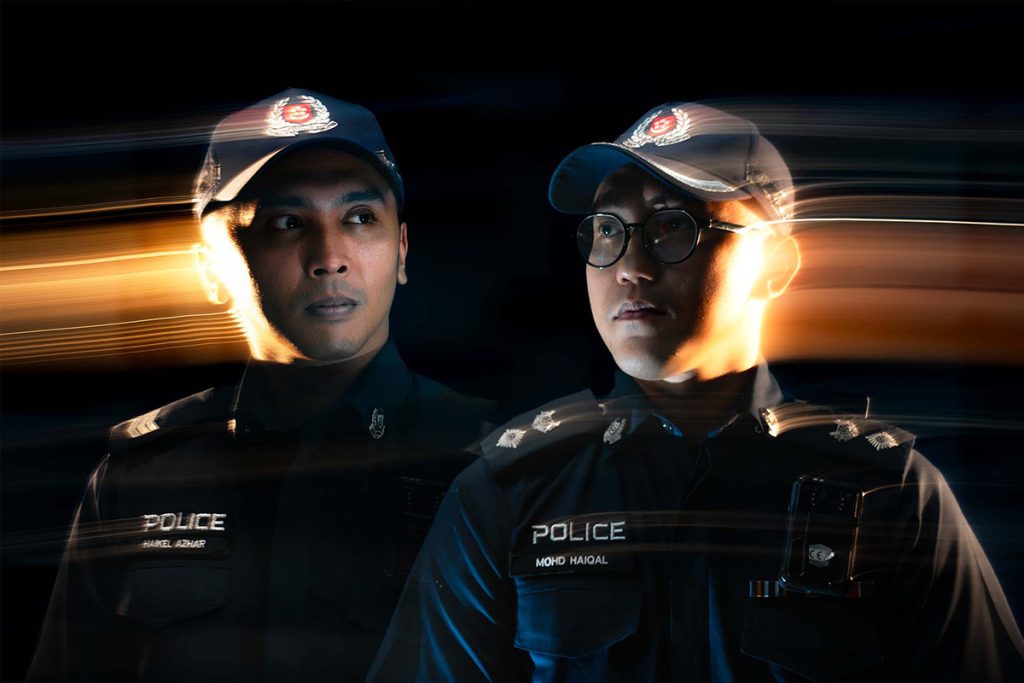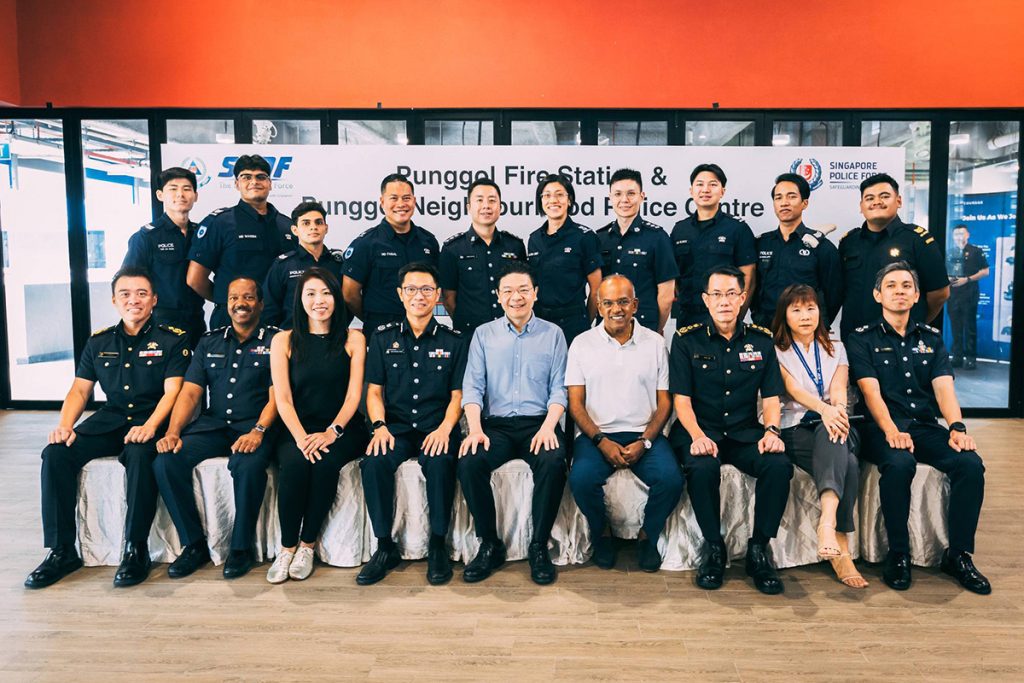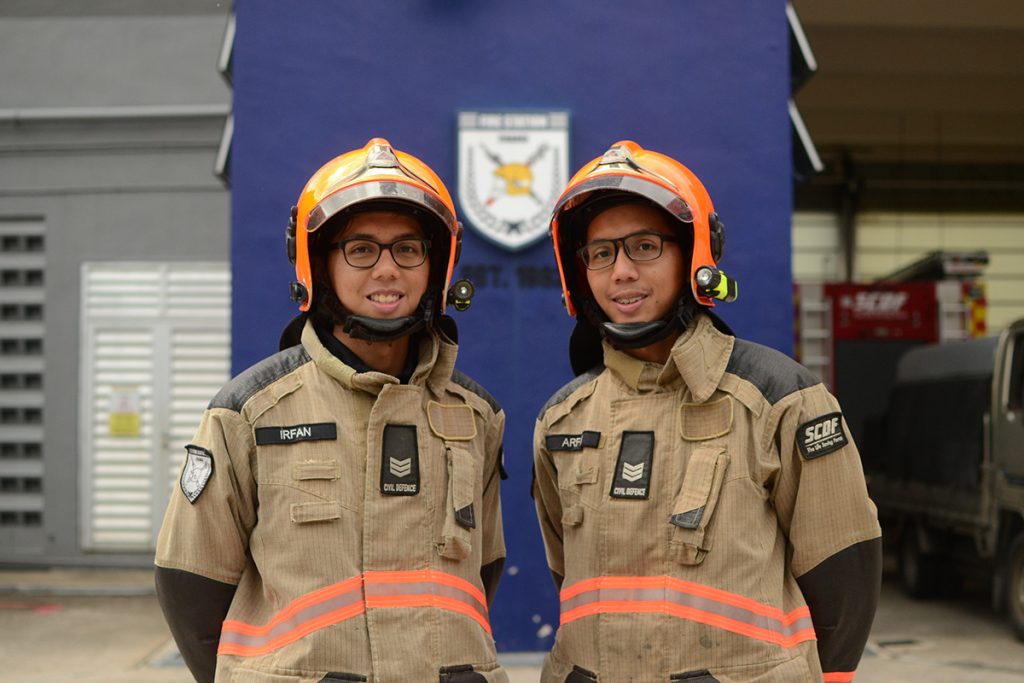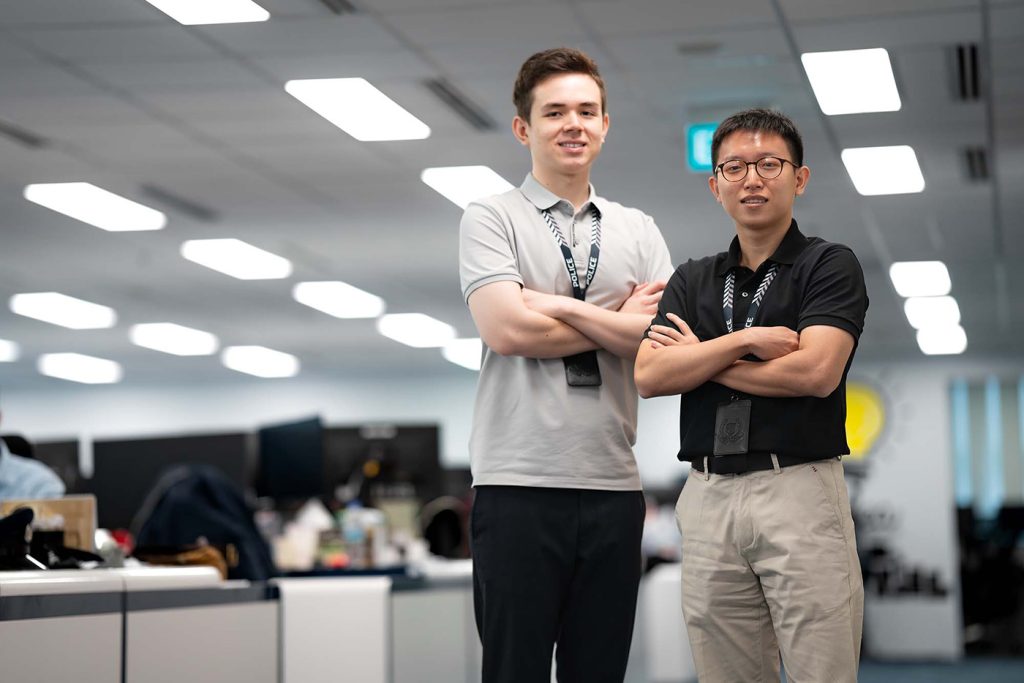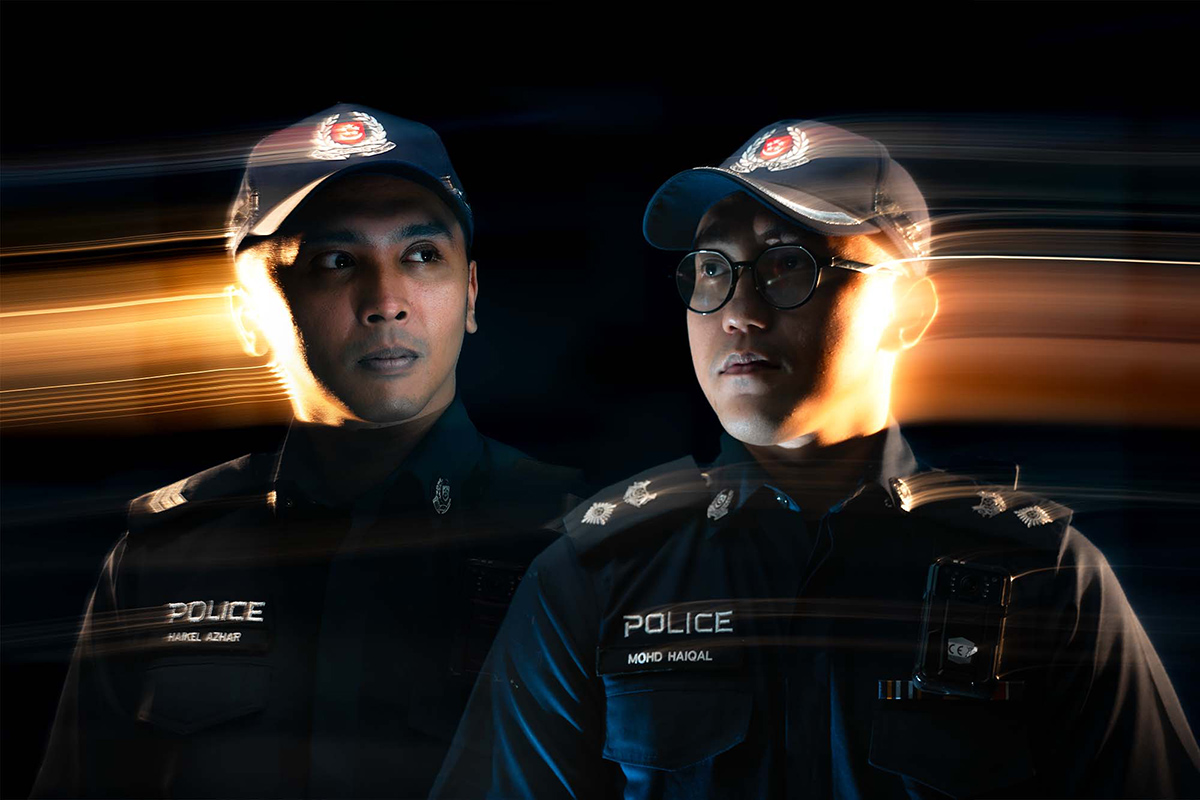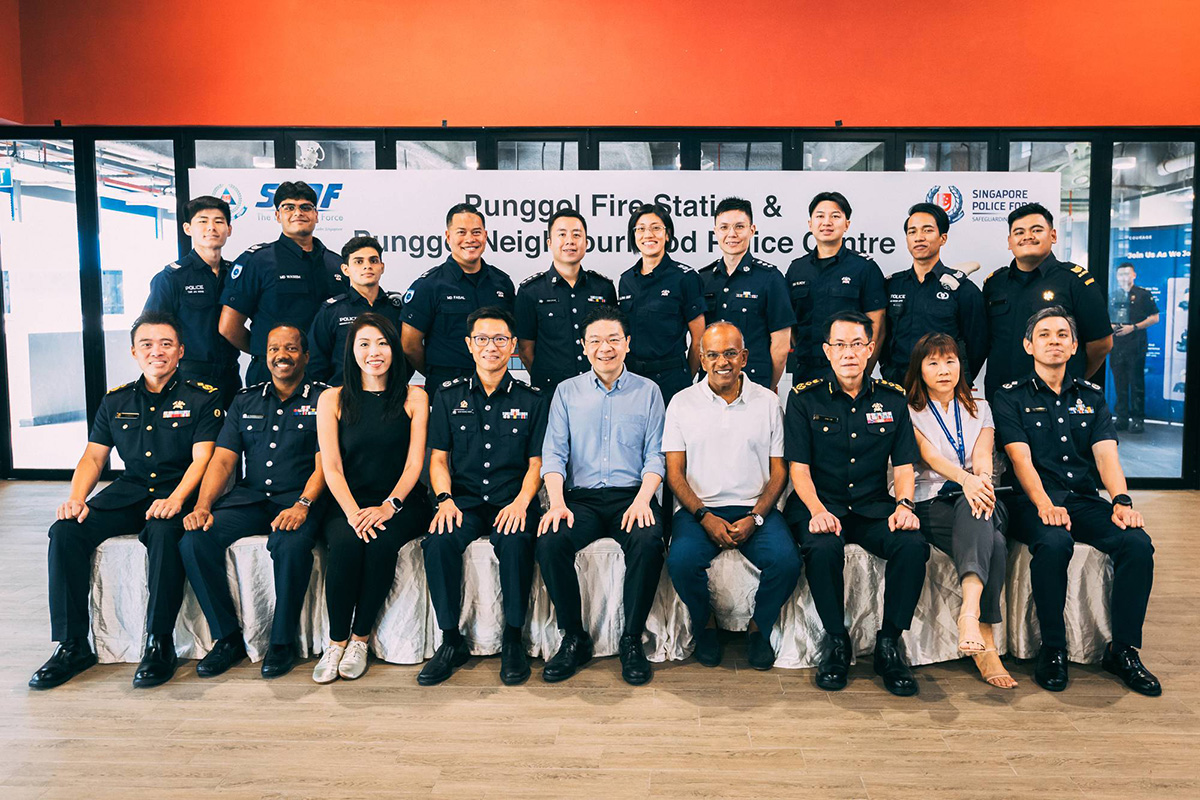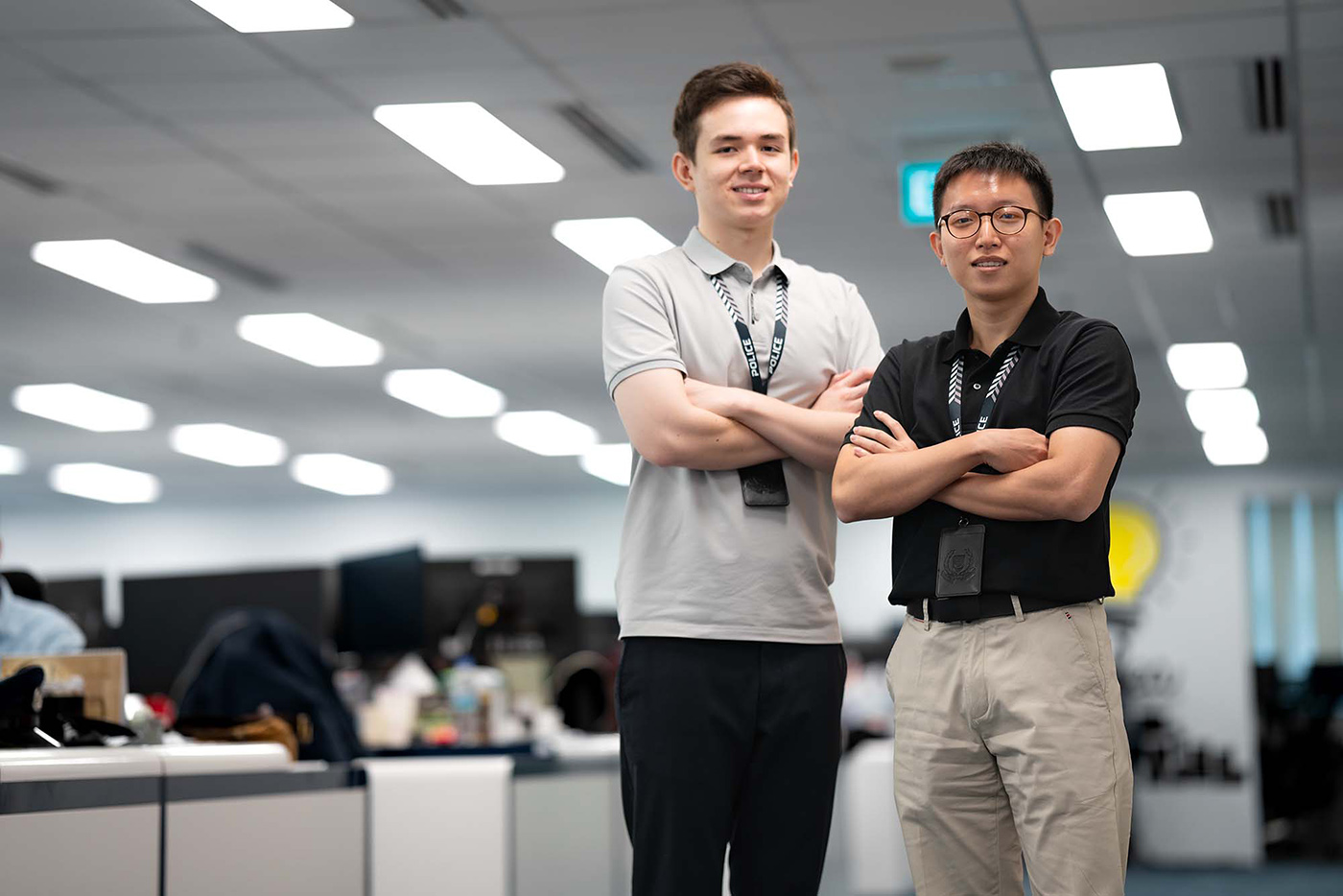Thanks to Sentosa’s lush flora, officers were able to surround the 12ha of greenery around Capella Singapore with security and thermal cameras. So, trespassers, beware!
Capella Singapore’s secluded location was a boon, letting officers focus on securing the only way in and out of Sentosa via land. With so much to consider both on land and at sea, no wonder some colleagues spent up to 18 hours a day doing recces and preparation.
Being part of President Trump’s motorcade meant travelling in the main convoy of about 40 vehicles. Three additional convoys would have already passed in front, clearing the roads of traffic. Total vehicle count for each delegation: about 60.
Thanks to the cleared roads, travelling from point A to point B with Mr Trump and Mr Kim took no more than 20 minutes. But preparations took at least two hours. Motorcade commanders had to factor in the length of the leaders’ limousines to make sure the pace they went at facilitated the long convoy movements, said Deputy Assistant Commissioner Evon Ng, who is Deputy Commander of the police’s Public Transport Security Command.
The VIPs’ armoured cars had bulletproof glass, fortified frames to withstand explosives equivalent to 15kg of TNT, and fresh-air systems. President Trump’s $2 million ride, nicknamed The Beast, also carries containers with blood of his blood type.
How do you know when you’ve done a good job? When you score an invite from the North Koreans to eat naengmyeon in Pyongyang. South Korea-born Home Team NSman and Singapore Permanent Resident Gim Joo Hyung, who worked as one of SPF’s translators during the summit, received multiple invites to North Korea to have the cold buckwheat noodle dish that the capital is famous for.

